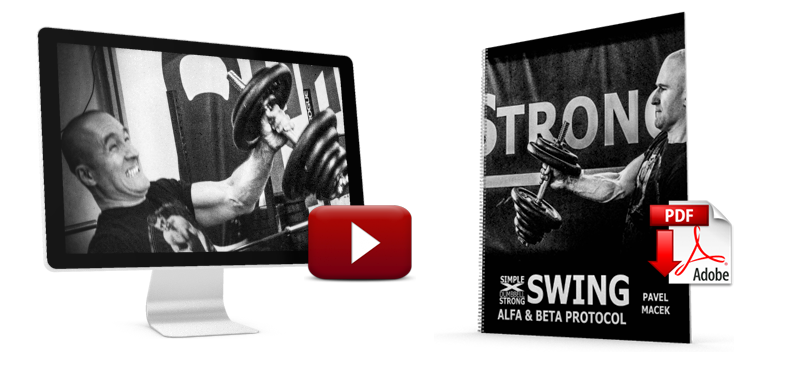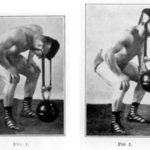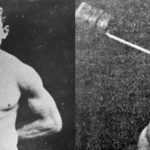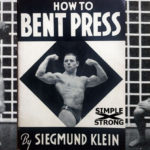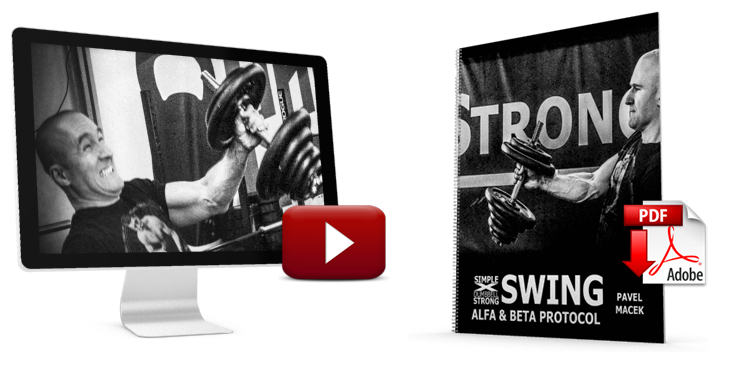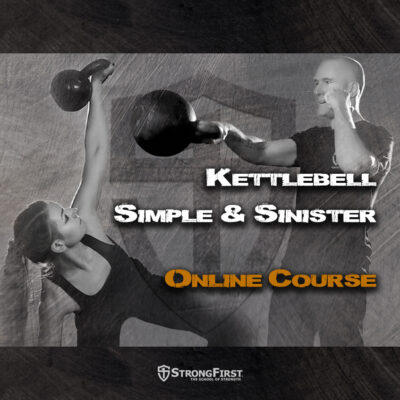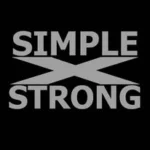Why train in a cold environment instead of lifting and exposing yourself to cold separately?
Short answer: concurrent beats separate.
I take a cold shower every morning and go straight into my morning recharge. This was common among old-time strongmen—many followed the example and teaching of the “Father of Kettlebells,” Dr. von Krayewski:
“He would first take a short bath, in water as cold as could be obtained, and in St. Petersburg the water can be cold on occasion. Leaving the bath he never used a towel, but commenced exercise straight away, and continued this for half an hour, at the end of which he would be perfectly warm and dry.” – George Hackenschmidt
Notice he bathed cold before exercise, not after. Modern research aligns: immediate post-lift ice baths can blunt anabolic signaling and muscle growth.
After the cold plunge and callisthenics, Krayewski proceeded to lifting:
The routine followed… for he always exercised with weights)… a sufficient programme was followed to bring every muscle into play, and this was so varied as to neglect none of the movements. Between the various exercises he never sat down to rest, but walked steadily up and down the room, with perhaps a wrap thrown over his shoulders (but this rarely).
I do the same thing. In my gym, winter temperatures drop to 5 °C. We have heating, but we don’t use it. Me and my training buddies keep lifting kettlebells, dumbbells, and barbells in shorts and T-shirts. We don’t layer up—we tighten up.
Every Sunday, I swim in a cold river and do outdoor calisthenics before and after.
Pavel explains in the Second Wind manual:
“Cold and athletic adaptation are antagonistic as they compete for the same resources. It is especially problematic when cold exposure and training are done separately: muscular work efficiency is reduced as a result. This antagonism is minimized when cold exposure and exercise take place at the same time.” — Bazhenov, 1981.
“Cold environment increases the effectiveness of athletic training (Yakovlev, 1986). “PGC-1α mRNA expression is dramatically elevated upon cold exposure of mice in both brown fat and skeletal muscle…” — Puigserver et al., 1998.
“An important factor stimulating adaptation to cold is increased thyroid hormones secretion. Cold stimulates the thyroid to secrete more hormones, including thyroxine. When absorbed by cold adapted tissues, this hormone increases the power of MT oxidation, which in the short term compensates for the reduced phosphorylation. In the longer term, thyroxine promotes MT growth, fission, and biogenesis, leading to increased MT density.” — Platonov, 2004.
But don’t overdo it!
“It must be noted that cold adaptation, while increasing the functional reserves of some organs and systems (the sympathoadrenal system, the thyroid, skeletal muscle MT, brown fat, and oxygen transport components), may lower that in some others (such as reduced detoxification capacity of the liver).” — Barbarash & Dvourechenskaya, 1986.
Takeaways
-
Prefer training in a cold environment over long, separate cold plunges.
-
Train in a cool-to-cold setting and keep moving.
-
Expect better mitochondrial and thyroid-driven adaptations over time.
-
Respect the dose. Too much cold can trade gains in one system for losses in another.
Learn more: Join the StrongFirst RESILIENT special seminar and learn simple, science-based protocols for cold exposure, sauna, and fasting, plus an arsenal of antifragile drills, such as Resilient armbar, get-up, hanging series, Jefferson Curl, Hack squat, Hockey deadlift, gymnastic bridge, neck-strengthening series, and more!
If you are interested in a Hard Style dumbbell lifting program, please check out our Dumbbell Swing Tutorial [FREE VIDEO & MANUAL]
-
Sale!

GGP: The Great Gama Protocol [ONLINE COURSE]
Original price was: $149.$99Current price is: $99. -
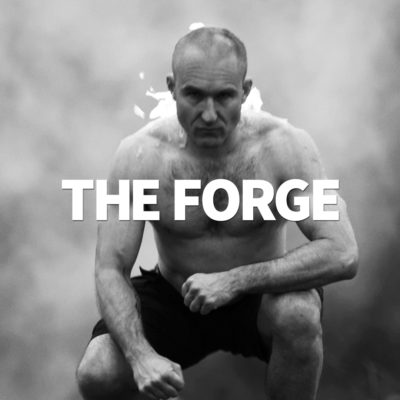
THE FORGE: Full Year’s Transformation Program [ONLINE COURSE]
$499 -
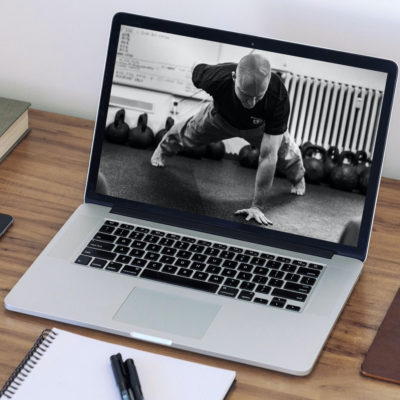
60 Minutes Online Private Lesson
$99 -

Hard Style Dumbbell Swing [VIDEO+MANUAL]
$0 -

StrongFirst RESILIENT—Chelmsford, United Kingdom—March 21-22, 2026
$795 -
Sale!
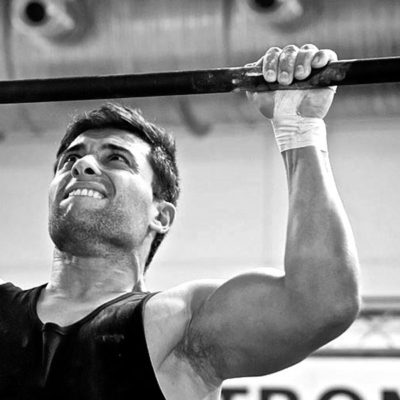
SFB StrongFirst Bodyweight Instructor Certification – Prague, Czechia, April 18-19, 2026
Price range: $895 through $1295

